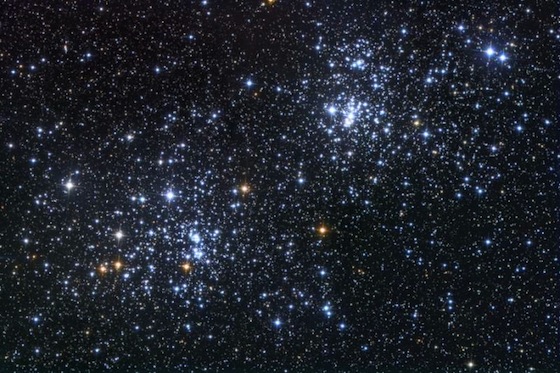Got Binoculars? Then you’ve got it made! Get started sky watching with some tips on how to choose binoculars.
June offers natural treasures by day and the starry universe by night. Both can be greatly enhanced with a simple pair of binoculars. Odds are, you’ve already got a pair, gathering dust somewhere. This moonless week is an ideal time to put them to use.
With lenses of glass—essentially melted sand, probably the least expensive item on the planet—human eyes can then soar through the universe. Indeed, Galileo’s first telescopes had magnifications not too different from binoculars, but with annoying color fringing and blurry optics. Yet in his hands they changed the universe.
What Binoculars Do For You
Most people think of binoculars and telescopes as magnifying instruments, but this is only partially true; they’re first and foremost BRIGHTENING devices. The sky has far more dim than brilliant stars, more barely-there comets than luminous ones, and so on. By enhancing light, you’re not given the key to a slightly more populated realm; The improvement is geometric. Only 2,500 stars stand visible to the naked eye even on the clearest night in the boonies. Point binoculars skyward and the total jumps to 30,000.

A Few Tips on Choosing Binoculars
Binoculars are rated with two numbers, as in 7x35 or 10x50. The first figure is the magnification—how many times larger the object appears. The second number is the diameter of the main lens in millimeters. Since larger lenses gather more light, the bigger this number, the brighter the image, up to a point.
- Tiny “shirt pocket” models are poor performers in low-light conditions.
- Also avoid “zoom” binoculars, which might seem attractive because their magnification is adjustable. But their lenses are compromises that deliver an inferior image.
- Finally, don’t succumb to the beginner’s megalomaniacal obsession with “power.” High power is not necessarily better. One can find binoculars rated 20x60 for under $100. But any power above 11x cannot be hand-held. Normal shaking of the hands makes the image bounce all over the place. Such binoculars require the use of a cumbersome tripod.

The exception are Canon’s Image Stabilized binoculars. Their rapidly swiveling mirrors compensate for vibrations of your hand. They deliver astoundingly sharp images—but will set you back a hefty $400. If on a budget, you can get a fine-performing instrument for a mere $25, with the Celestron upclose G2 8x40.
Optimum binocular targets include the Milky Way, star clusters, and the Moon in any phase except for full.
Now just take those binoculars outside on a clear night and open your eyes to the unseen universe!












